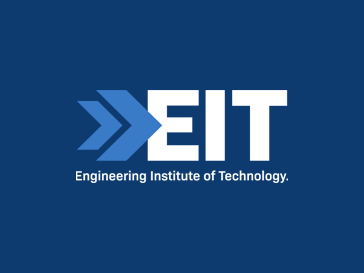If 2020 has taught the world anything, it is that the internet is an invaluable commodity. The COVID-19 pandemic digitally transformed almost every aspect of our daily lives. It also further highlighted just how many people across the globe are without reliable access to the internet. However, increasing access to the internet will require affordable, reliable, and scalable infrastructure. The solution? Wireless internet.
Google's parent company, Alphabet, is on the frontlines of bringing the internet to those who need it most. Using wireless technologies, the company plans to beam internet to communities who cannot afford to wait for trenches to be dug and fiber internet infrastructure to be installed.
Alphabet’s latest endeavor is named ‘Taara’. They aim to provide wireless internet for rural, hard to reach regions. The project is run under a subsidiary collective known as ‘X: The moonshot factory’. ‘X’ is a diverse group of inventors and entrepreneurs who build and launch technologies that aim to improve the lives of millions of people. Taraa would provide high-capacity and high-speed internet to rural communities using only beams of light.
The company chose Kenya to conduct their initial tests in 2019, connecting some households to the internet utilizing the new technology. Now they are continuing their work in conjunction with a local organization named Econet Group in Kenya. Mahesh Krishnaswamy, the project manager for Project Taara writes:
“Taara’s links will begin rolling out across Liquid Telecom’s networks in Kenya first, and will help provide high-speed connectivity in places where it’s challenging to lay fibre cables, or where deploying fibre might be too costly or dangerous -- for example over rivers, across national parks, or in post-conflict zones. This is the first roll-out of Taara’s technology in Africa and follows a series of pilots in Kenya last year.”
The ability to equip rural areas with reliable internet access will significantly assist the dissemination of online education to communities that have been mostly unreached in the years gone by.
How it works
The Taara system uses light to transmit data at high speeds between two terminals. One terminal can be placed 20 kilometers away and can transmit up to 20Gbps at once. To put that in perspective, a single student accessing EIT’s online education platform would need only 5Mbps to partake in their studies. A single beaming solution could enable 4,000 students in one region to be connected simultaneously.
The system utilizes an already existing fibre network. However, it then uses wireless optical technologies to beam the internet over the ground to a rural area. The company says the systems can quickly and easily be deployed in a way that will be cost-effective for communities in need of high-speed internet. A series of links can then also be set up to maximize the amount of ground covered if the rural areas are spaced out. All that is required is a stable line-of-sight, and so engineers position the terminals high above the ground (mobile towers would work just fine).
The company has just recently given an update on their progress on another pilot project in Andhra Pradesh, India:
Project Taraa is also encouraging mobile network operators in other countries, who are interested in deploying the system in their localities to get in touch with them. The development of internet technologies to reach rural areas is becoming a priority for many technology companies.
SpaceX’s Starlink fleet of internet-providing satellites is regularly adding new satellites to space, and now with Alphabet providing wireless links to fibre networks, the future of internet connectivity looks bright. And it is all thanks to invisible data-carrying light beams.
Works Cited
Krishnaswamy, Mahesh. “Bringing Light-Speed Internet to Sub-Saharan Africa.” Medium, X, The Moonshot Factory, 10 Nov. 2020, blog.x.company/bringing-light-speed-internet-to-sub-saharan-africa-4e022e1154ca.
